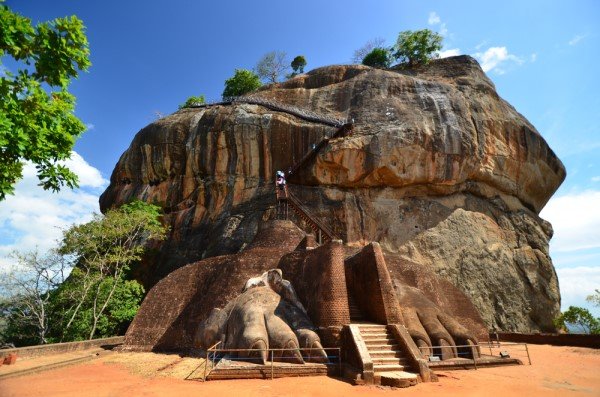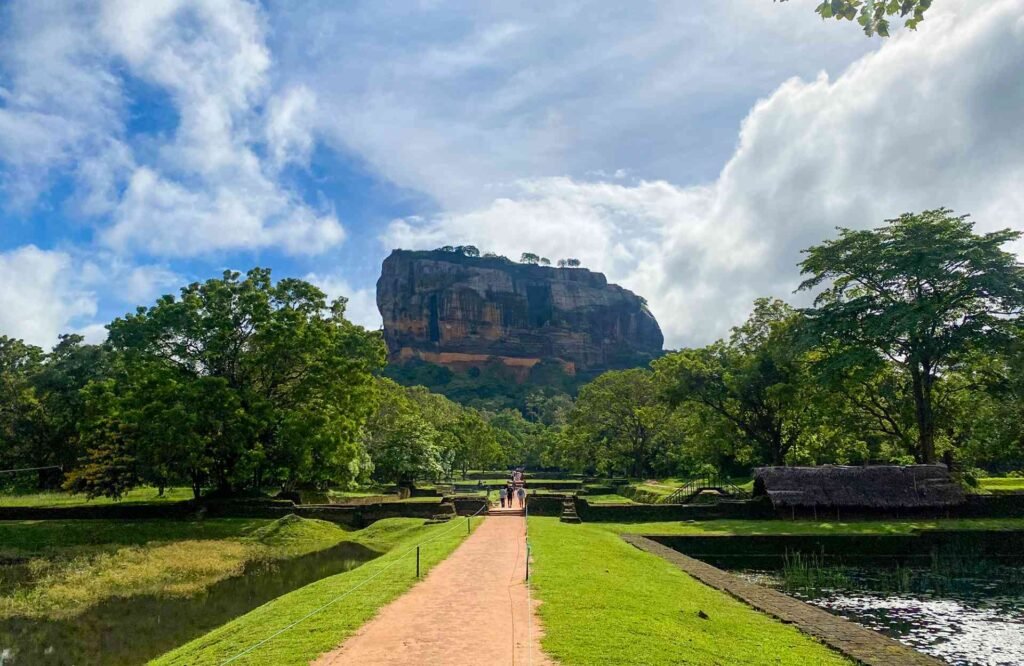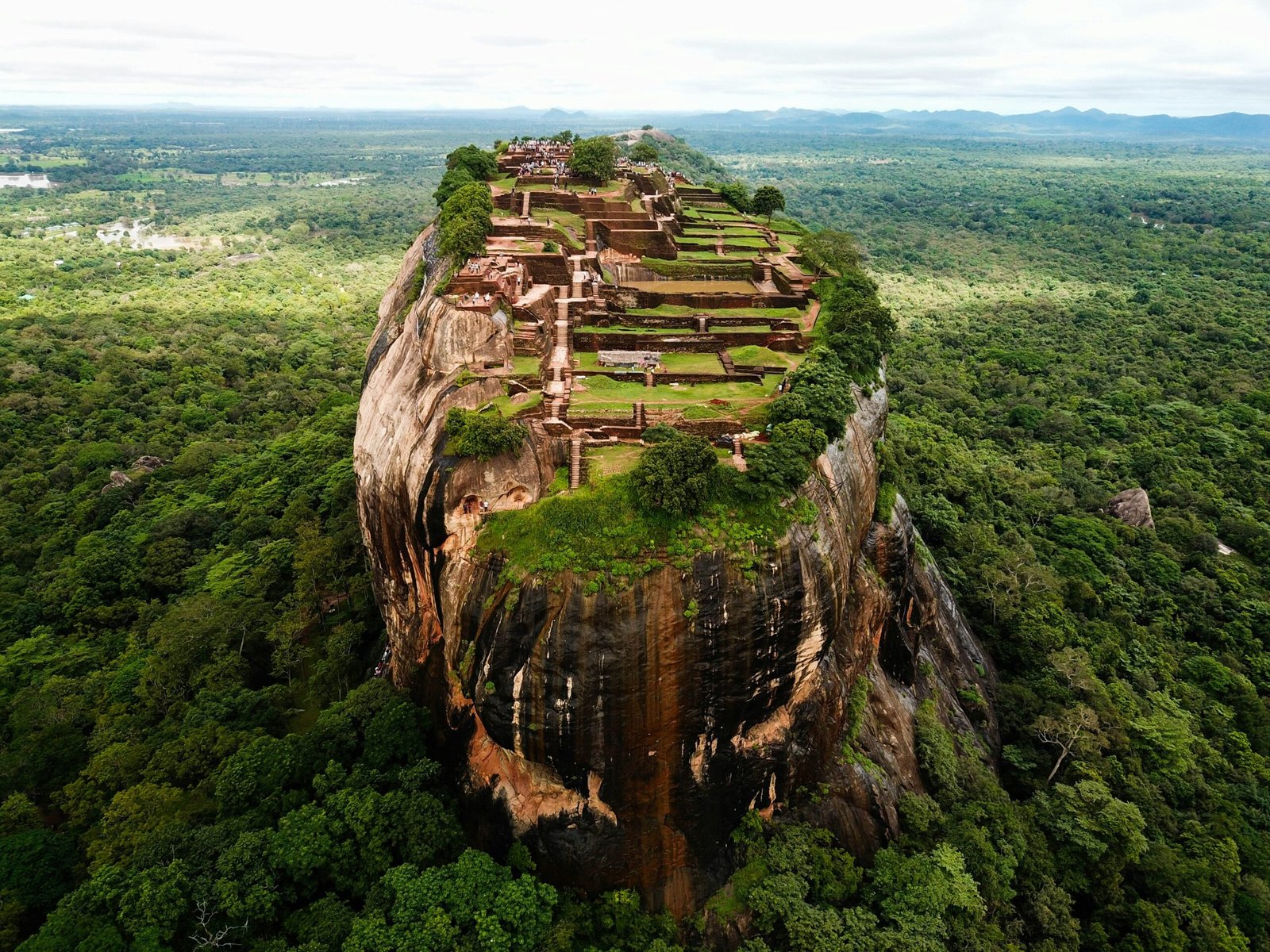Exploring Sigiriya: The Eighth Wonder of the World
Soaring 656 feet (200 meters) above the lush jungle of Sri Lanka, the ancient ruins of Sigiriya stand as a testament to both nature’s grandeur and human ingenuity. Often referred to as the eighth wonder of the world, Sigiriya is a breathtaking archaeological site that combines remarkable geological formations with historical significance. This UNESCO World Heritage site has captivated travelers and historians alike for centuries, offering a unique glimpse into Sri Lanka’s rich cultural and architectural legacy.
The Origins of Sigiriya: A Fusion of Nature and Manmade Mastery
Sigiriya, also known as Lion’s Rock, is an ancient rock fortress that dates back to the 5th century AD. It was originally developed as a royal palace and later transformed into a monastery, making it an important cultural landmark in Sri Lanka. The site’s most striking feature is the massive rock formation, which rises dramatically above the surrounding jungles and fertile plains.
The ancient king, Kasyapa I, is credited with the construction of the fortress after he ascended the throne by overthrowing his father. Kasyapa chose the Sigiriya rock for its natural fortifications—its sheer cliffs made it nearly impregnable to invaders. He designed the fortress to blend seamlessly with its surroundings, incorporating gardens, pools, and complex hydraulic systems to bring water to the top of the rock.
The Famous Lion’s Gate and Staircase
One of the most iconic features of Sigiriya is the Lion’s Gate, which leads visitors to the summit of the rock. At the base of the rock, you will find a colossal stone lion’s paws, which were once part of a massive lion-shaped structure that led up to the top. The lion’s head no longer exists, but the paws remain as a symbol of the site’s grandeur and regal history.
Visitors climb a well-preserved set of stairs carved into the rock, which leads them through a series of cavernous passages, gardens, and terraces before reaching the top. The cliffside pathway is not only a feat of engineering but also offers spectacular views of the surrounding jungle and fertile plains.

The Ancient Frescoes and Mirror Wall
As you ascend towards the top of Sigiriya, you will encounter the famous frescoes painted on the rock’s surface. These vibrantly colored murals, believed to date back to the 5th century, depict beautiful women in a celestial setting, offering a glimpse into the artistic traditions of ancient Sri Lanka.
Another notable feature of the Sigiriya rock is the Mirror Wall. This highly polished wall once reflected the frescoes above it, and it is believed that the king’s courtiers would write poems and inscriptions on the wall, some of which remain today. The Mirror Wall is a striking example of the craftsmanship that went into creating Sigiriya, adding to its cultural and historical significance.
The Summit: A Royal Fortress and Garden Paradise
Upon reaching the top of Sigiriya, visitors are treated to panoramic views of the surrounding jungle and fertile plains, which stretch out as far as the eye can see. The summit, once home to the royal palace, is a sprawling area with ruins of buildings, including royal pools and water features. The palace is thought to have been a self-sufficient marvel, with a sophisticated system for water distribution and drainage.
The summit also features vast gardens, some of which are still intact today. The gardens are divided into different sections, with terraces, ponds, and waterfalls, showcasing the intricate planning and architectural brilliance behind the design of Sigiriya.

Sigiriya’s Cultural and Historical Importance
Sigiriya has not only stood the test of time as an architectural wonder but also as a cultural and historical symbol for Sri Lanka. Over the centuries, the site has served as a monastic retreat, a royal palace, and a fortress, reflecting the changing needs of the island’s inhabitants.
The site has archaeological significance, as it contains a wealth of artifacts, inscriptions, and artwork that provide valuable insights into ancient Sri Lankan culture and Buddhist history. Sigiriya’s hydraulic engineering systems, such as the water gardens, are considered to be among the finest in the ancient world and demonstrate an advanced understanding of water management and landscape design.
Why Visit Sigiriya?
- Remarkable Geological Formation: Sigiriya’s towering rock formation, rising 656 feet above the jungle, offers a stunning natural spectacle and a unique vantage point of Sri Lanka’s beauty.
- Historical Significance: The rich history of Sigiriya, from its royal origins to its role as a Buddhist monastery, provides a fascinating glimpse into Sri Lanka’s past.
- Incredible Architecture: The ancient rock fortress, with its staircases, frescoes, and water gardens, is a masterpiece of engineering and design that continues to awe visitors.
- Spectacular Views: From the summit, visitors can enjoy panoramic views of the surrounding jungles and plains, offering an unforgettable experience.
- Cultural Heritage: Sigiriya remains an enduring symbol of Sri Lanka’s artistic and cultural heritage, attracting travelers and historians from around the world.
Conclusion
Sigiriya stands as a testament to the brilliance of ancient Sri Lankan architecture, engineering, and art. Soaring above the jungle and offering breathtaking views, this ancient fortress and royal palace encapsulate the remarkable fusion of nature and human creativity. Whether you’re drawn to its rich history, its awe-inspiring beauty, or the incredible engineering behind its construction, Sigiriya is truly one of the most magnificent sites in the world, often regarded as the eighth wonder.
A visit to Sigiriya is not just a journey through time but an experience that brings you closer to the heart of Sri Lanka’s rich cultural and natural heritage.
